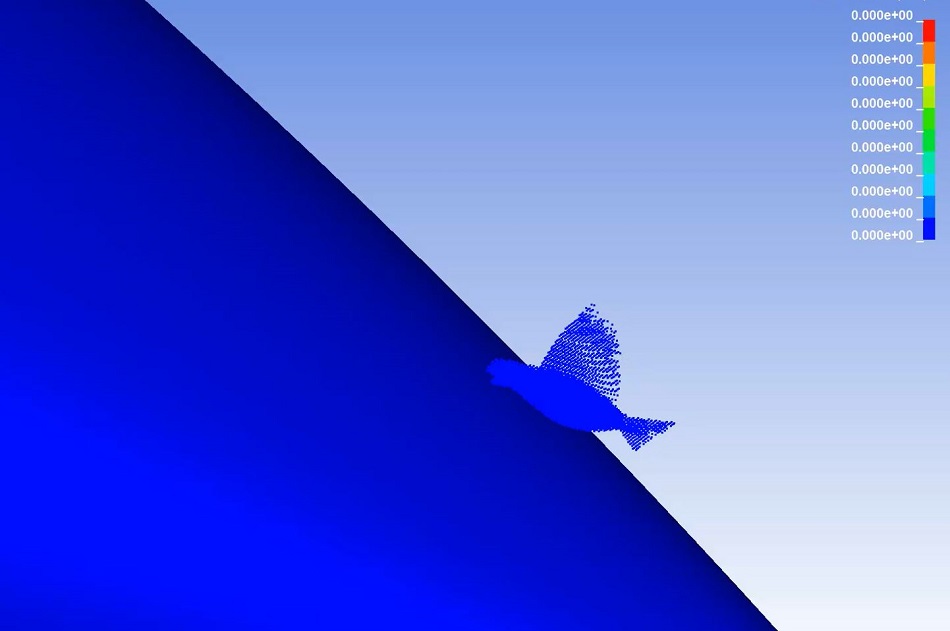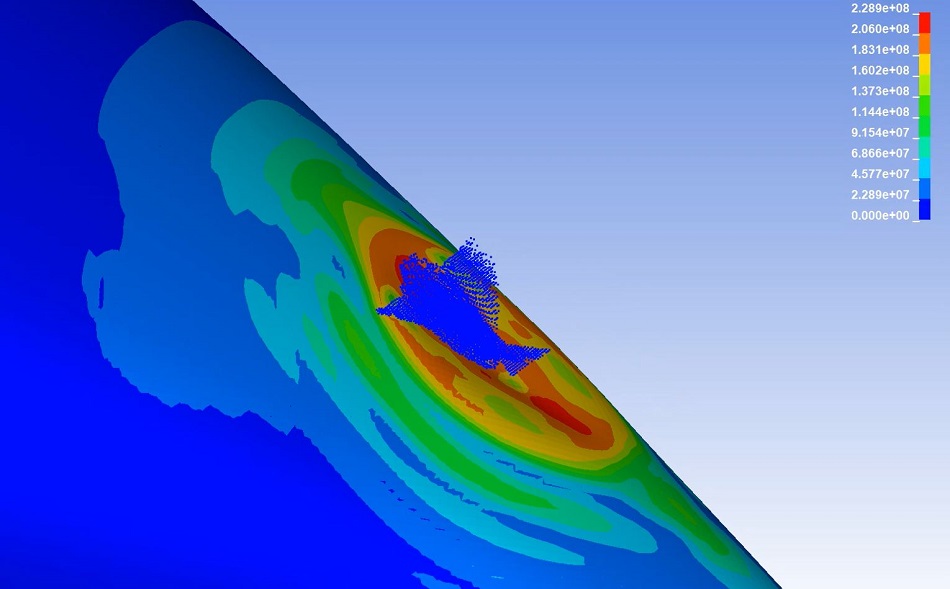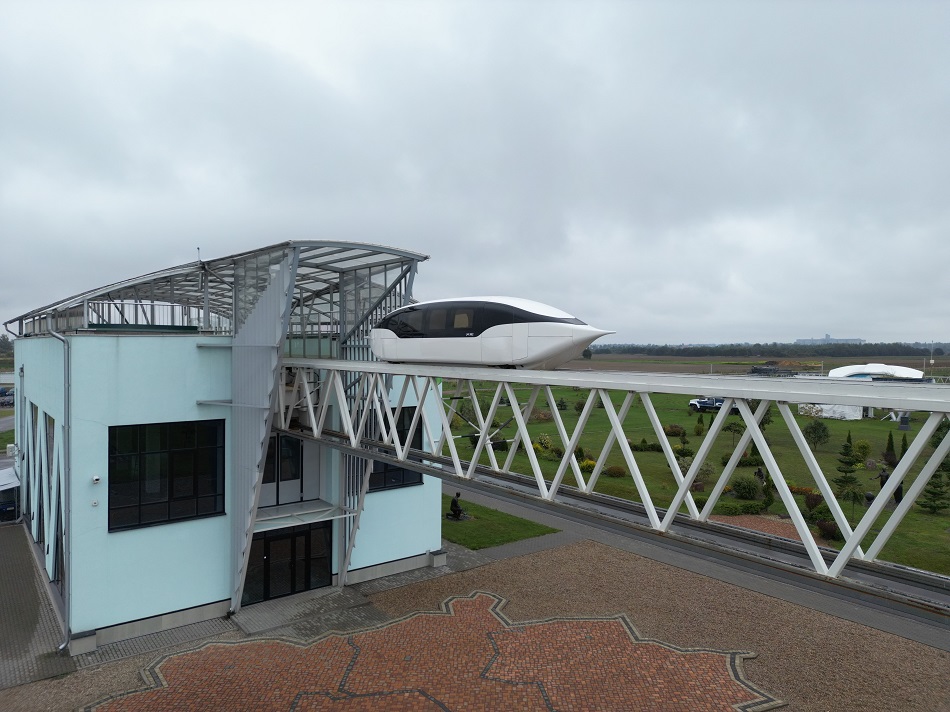Why Birds Pose No Threat to uST Transport Systems
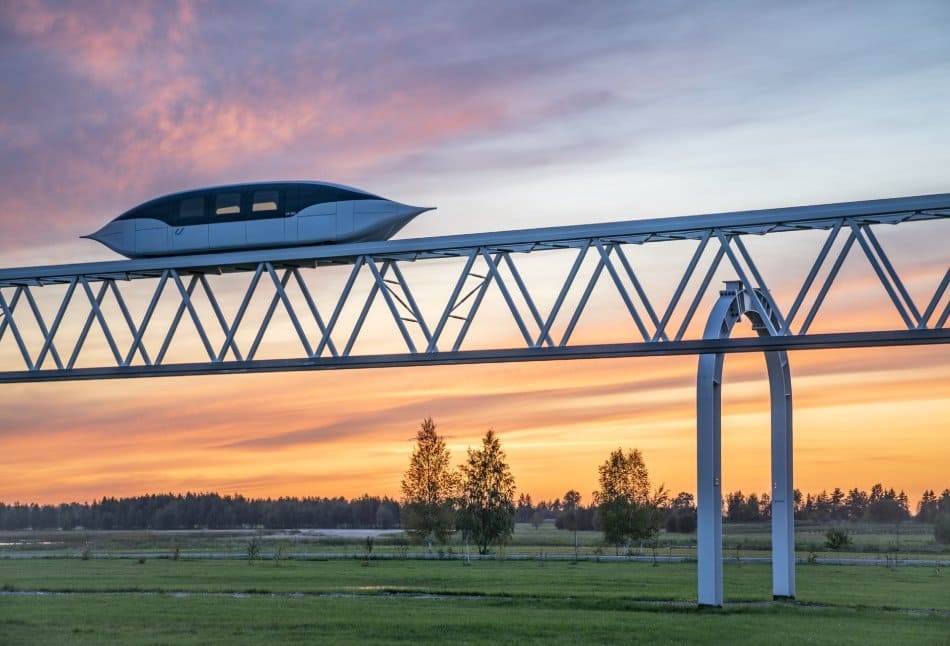
Bird collisions have long been recognized in aviation as one of the most serious safety hazards. According to the International Civil Aviation Organization (ICAO), tens of thousands of bird strike incidents are recorded annually. Even a small bird entering an aircraft engine can disable it, and for small aircraft, such incidents can have catastrophic consequences. Against this backdrop, a logical question arises: should above-ground transport solutions such as uST string rail systems be concerned about similar threats?
The Primary Threat
Most known bird species fly at altitudes of 400–800 meters, which coincides with the takeoff and landing zones of aircraft. Not every bird collision leads to aircraft failure, but a bird entering a jet engine turbine almost always causes damage. In fact, the annual damage from such incidents is estimated to cost around $2 billion annually in the United States.
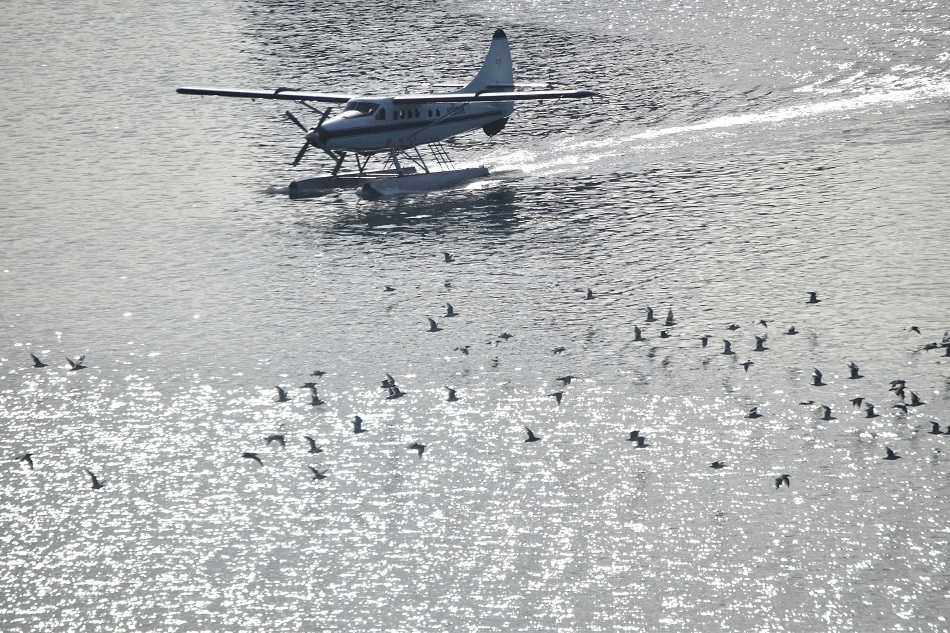
Birds also pose a threat to small aircraft, even though these are typically not equipped with jet engines. Since this type of transport moves at relatively high speeds (200–300 km/h), a collision with a large bird generates immense kinetic energy, comparable to being hit by a heavy object. This can lead to serious damage and endanger the lives of crew and passengers.
Fundamental Differences of uST
Although string rail transport is considered an above-ground solution, its design is fundamentally different, making birds largely non-threatening for several reasons.
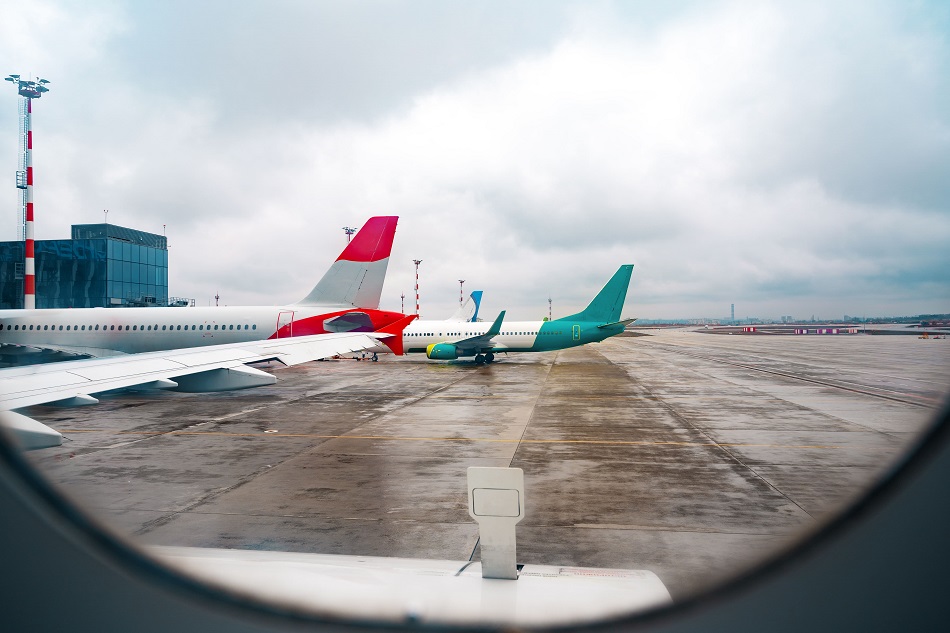
Firstly, uPods travel strictly along a string rail overpass located at a set height (around 10 meters). Birds tend to avoid static linear obstacles and adapt to their presence over time, as they have with power lines and bridges.

Secondly, uPods have no turbines or propellers in their design. The vehicles are powered by electric traction through wheel pairs, which birds physically cannot enter, eliminating the risk of mechanical disruption.
Thirdly, the shape of uPods is optimized for speeds up to 500 km/h. Their streamlined aerodynamic bodies minimize air resistance and reduce the impact of accidental bird contact. In contrast, airplanes have protruding wings, engines, and flaps, which significantly increase their vulnerability to external influences.
Fourth, birds are highly adaptive and generally avoid active objects in their habitat. uST systems are positioned above roadways but below air traffic corridors. This is a kind of “neutral zone” where bird activity is significantly lower than at altitudes below 100 meters (urban parks, fields, water bodies) or several hundred meters (migration routes).
Safety for Nature and People
UST Inc. engineers consider not only technical but also ecological aspects. The systems are designed with environmental care in mind, reflected in the following:
• Minimal carbon footprint – electric power and energy efficiency
• No stress factors for birds – absence of loud engines and sudden airflows
• Integration into natural landscapes – routes follow the shortest path and avoid creating major barriers for animal migration
A Practical Solution
Unlike airplanes and small aircraft, where birds remain a serious safety hazard, this issue is virtually eliminated in string transport (uST). Contributing factors include the fixed track, absence of turbines, aerodynamic design of uPods, and the ecological orientation of the systems themselves.
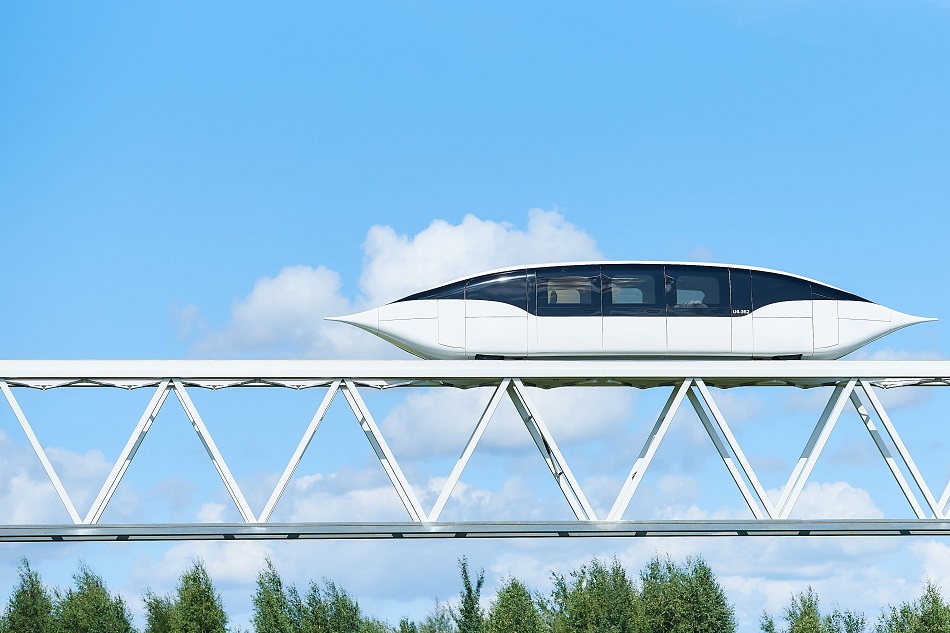
Thus, uST represents not only a safe and fast mode of transport but also an example of harmonious coexistence between modern technology and wildlife.
| Criterion | Aircraft and Small Aviation | String Transport (uST) |
| Movement Trajectory | Free; overlaps with bird flight zones (0–1000 m – critical range) | Fixed elevated track; birds avoid linear obstacles |
| Propulsion Source | Jet or propeller engines that can ingest birds | Electric traction via wheel pairs – no risk of ingestion |
| Aerodynamics | Wings, flaps, engines increase vulnerability | Streamlined uPods with minimal drag, designed for high speeds |
| Speed and Impact Consequences | 200–900 km/h. Even small birds can cause serious damage | Up to 150 km/h. The uPod body is built to withstand external impacts |
| Risk Zone | Takeoff and landing – the most dangerous phases | Tracks lie between roads and air corridors – “neutral zone” |
| Noise and Environmental Impact | Noise and turbulence attract and disorient birds | Low noise and predictable movement; birds adapt quickly |
| Ecological Factor | High fuel consumption, CO₂ emissions | Eco-friendly: electric power, minimal carbon footprint |
More news
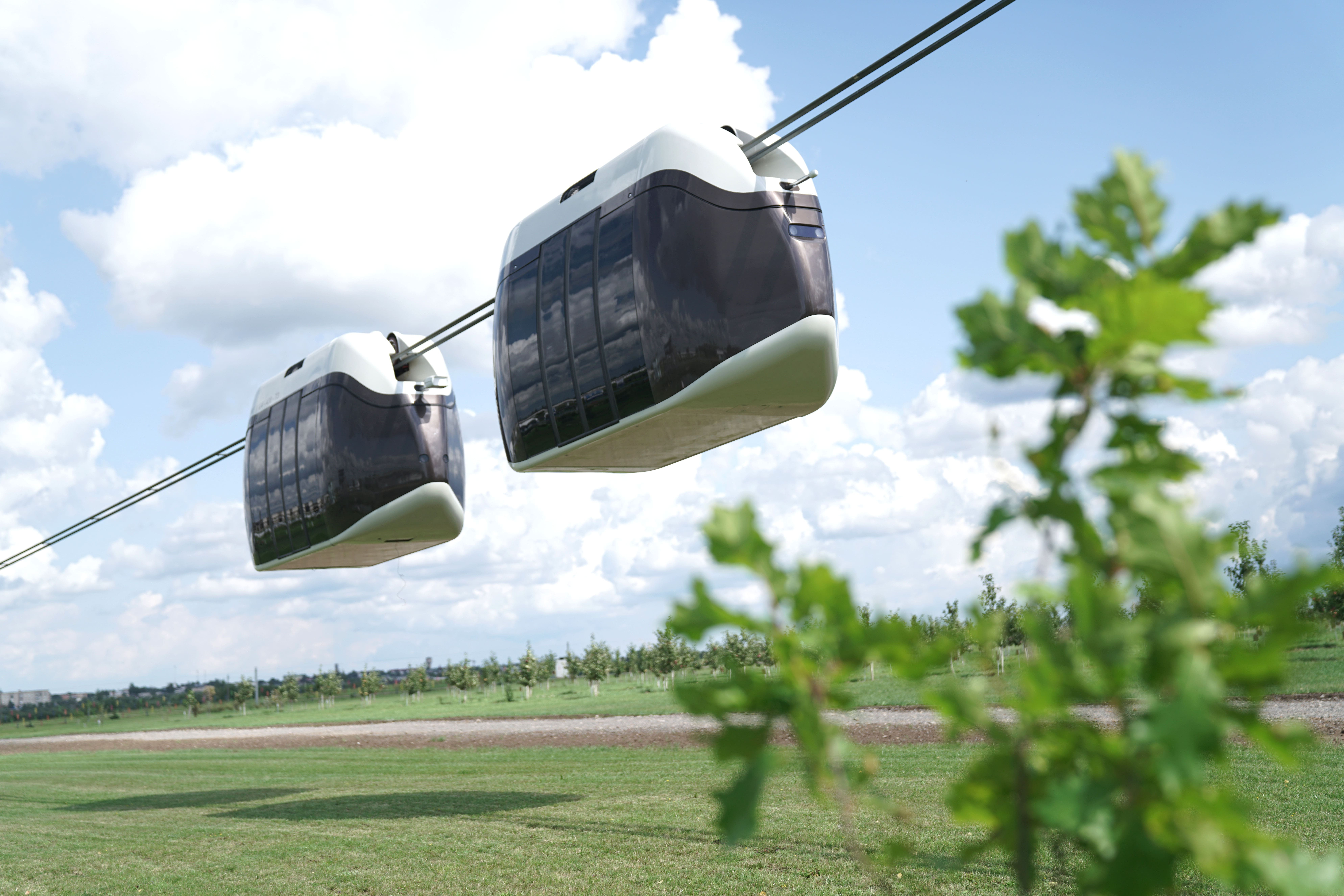
News
15 October 2021
The UST Transport Has a New Upgrade! We’re Sharing the Results
Unitsky String Technologies, Inc. is constantly looking for ways to optimize their transport solutions. This time the question is about pneumatic suspension.
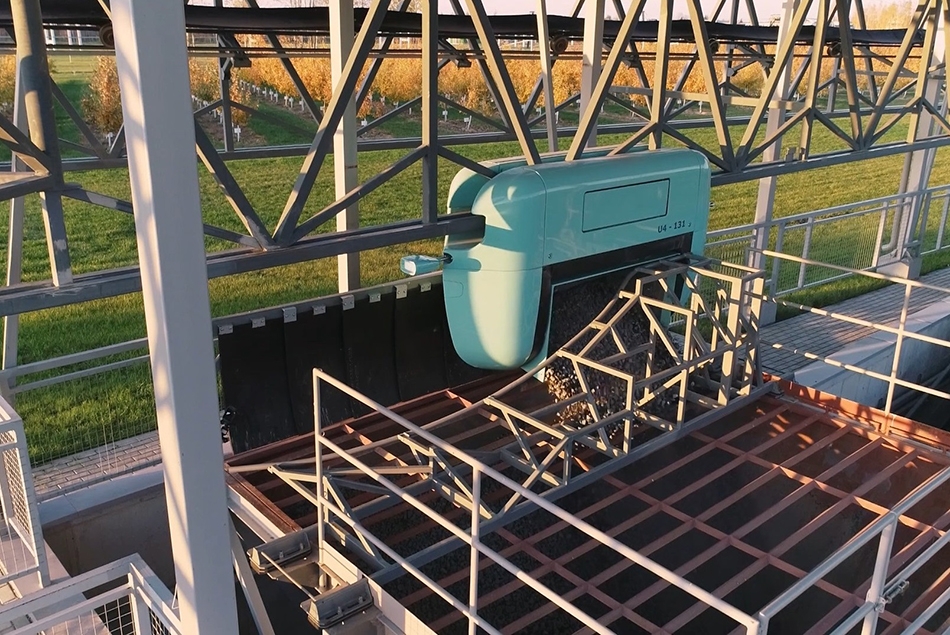
Blog
23 August 2024
How can uST technology improve the efficiency of industrial enterprises?
Solutions developed by Unitsky String Technologies Inc. for cargo transportation will allow you to establish a safe logistics process and eliminate force majeure.
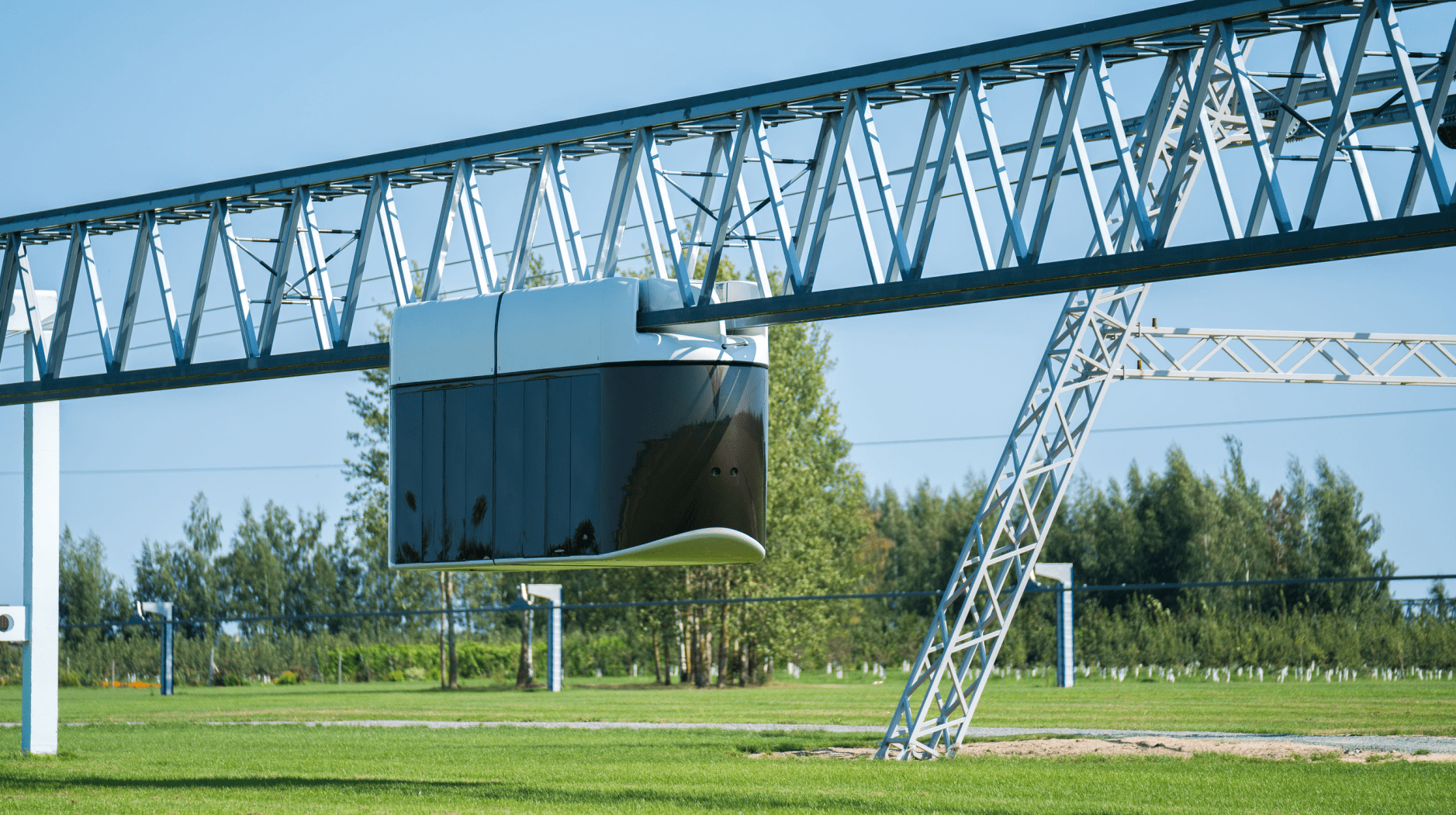
News
12 November 2021
Unitsky String Technologies Inc. Has Developed a Unique Door Design for String Transport
Novel models of string electric cars (uBus) will go with a new ergonomic entry and exit system. We’re speaking of the sliding plug door with a unique design developed by the engineers from UST Inc.

